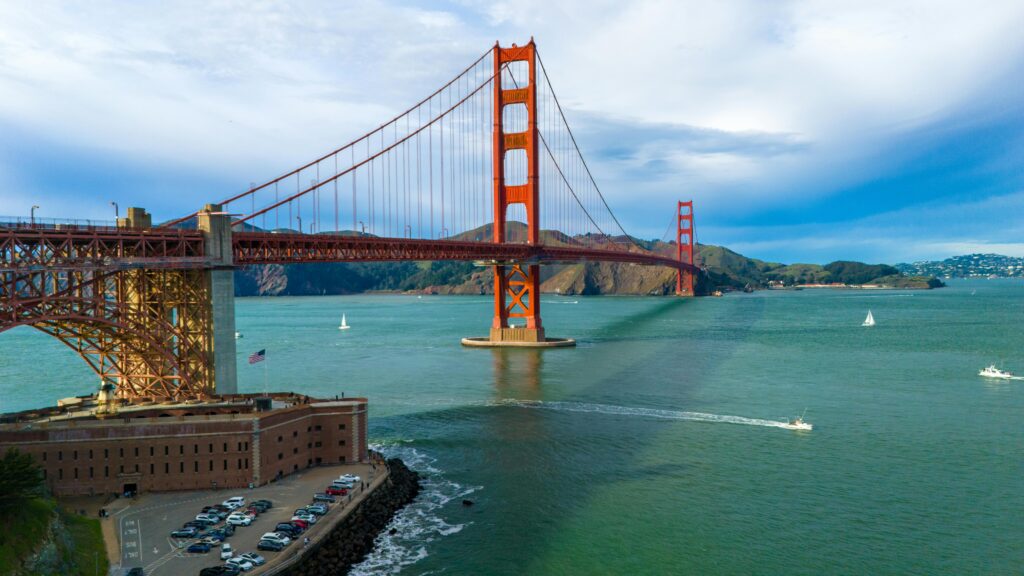The United States is home to an increasing number of eco-friendly cities that are leading the charge in sustainability and conservation of the environment. From coast to coast, these greenest cities will set the standard for green living, renewable energy, and planning that is urban innovative. This article will explore the 8 most eco-friendly cities in the US, highlighting their initiatives that are unique, green achievements, and commitment to a sustainable future.
Introduction to Eco-Friendly Cities
In the ongoing quest for a sustainable future, eco-friendly cities have emerged as beacons of hope, showcasing solutions that are innovative to combat climate change, reduce emissions of carbon, and promote quality of life for their residents that be better. These urban areas prioritize the protection of the environment, renewable energy, and the well-being of their communities, by setting a standard for living that is green and development that is urban.
The Importance of Sustainable Urban Living
As the world’s population continues to urbanize, the role of eco-friendly cities becomes increasingly crucial. These cities are at the forefront of addressing the environmental challenges posed by rapid urbanization, such as air pollution, resource depletion, and the growing impact on the planet’s climate. By embracing sustainable urban planning, eco-friendly cities are paving the way for a more livable and resilient future, where economic growth and environmental conservation can coexist harmoniously.
Criteria for Evaluating Eco-Friendly Cities
When assessing the eco-friendly credentials of a city, several key factors are considered, including its commitment to renewable energy sources, the implementation of clean air initiatives, the development of green spaces, and the overall reduction of the city’s carbon footprint. These criteria help to identify the cities that are truly leading the charge in sustainable urban living, serving as role models for others to emulate.
| Criteria | Description |
|---|---|
| Renewable Energy | The city’s use of clean, renewable energy sources, such as solar, wind, or geothermal power, to reduce its reliance on fossil fuels. |
| Clean Air Initiatives | Measures taken by the city to improve air quality, including the promotion of public transportation, the implementation of low-emission zones, and the reduction of industrial emissions. |
| Green Spaces Development | The creation and preservation of parks, urban forests, and other green areas that enhance the city’s livability, promote biodiversity, and mitigate the urban heat island effect. |
| Carbon Footprint Reduction | The city’s overall efforts to reduce its greenhouse gas emissions and its impact on the global climate, such as through energy-efficient building codes, waste management programs, and the promotion of sustainable transportation options. |
San Francisco: A Leader in Green Initiatives
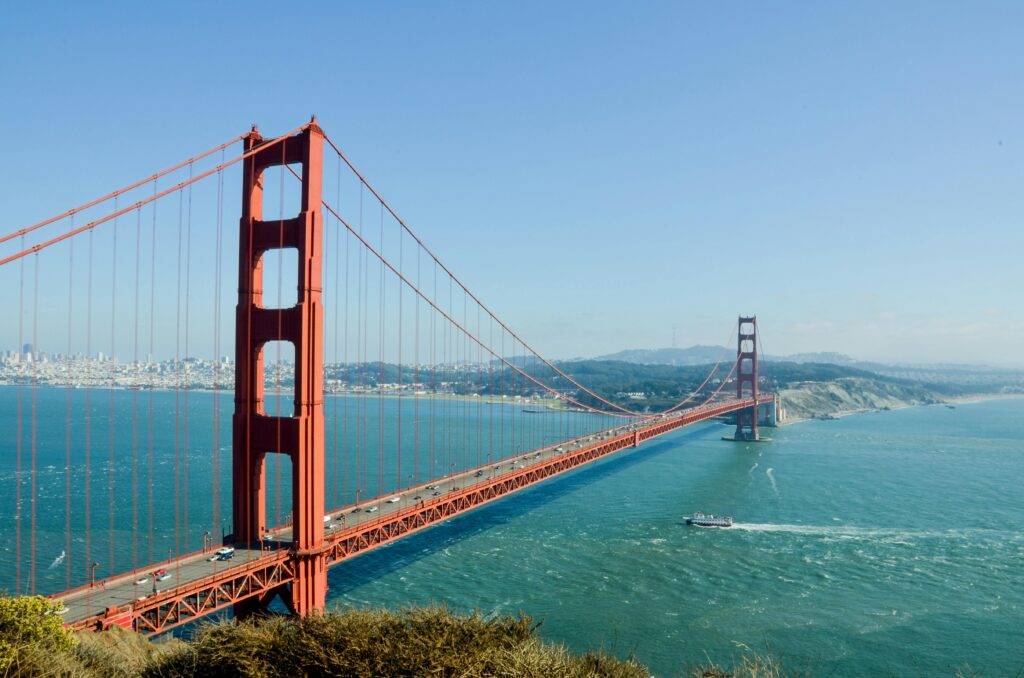
As one of the most eco-friendly cities in the United States, San Francisco has a long-standing commitment to renewable energy and sustainable initiatives. The city’s ambitious goal of achieving 100% renewable electricity by 2030 is a testament to its dedication to reducing carbon footprint and promoting clean air initiatives.
Renewable Energy Efforts
San Francisco’s renewable energy efforts are spearheaded by the CleanPowerSF program, which provides residents with access to clean, affordable energy. This initiative, coupled with the city’s investment in solar power and other renewable energy sources, has positioned San Francisco as a leader in the greenest cities movement.
Public Transportation and Walkability
Recognizing the importance of sustainable urban planning, San Francisco has also made significant strides in promoting public transportation and walkability. The city’s extensive network of buses, trains, and bike-sharing programs encourages residents to reduce their reliance on personal vehicles, contributing to improved air quality and a lower carbon footprint. Additionally, San Francisco’s pedestrian-friendly infrastructure and green space development make it an inviting city for residents and visitors alike.
Portland: A Model of Sustainable Urban Planning
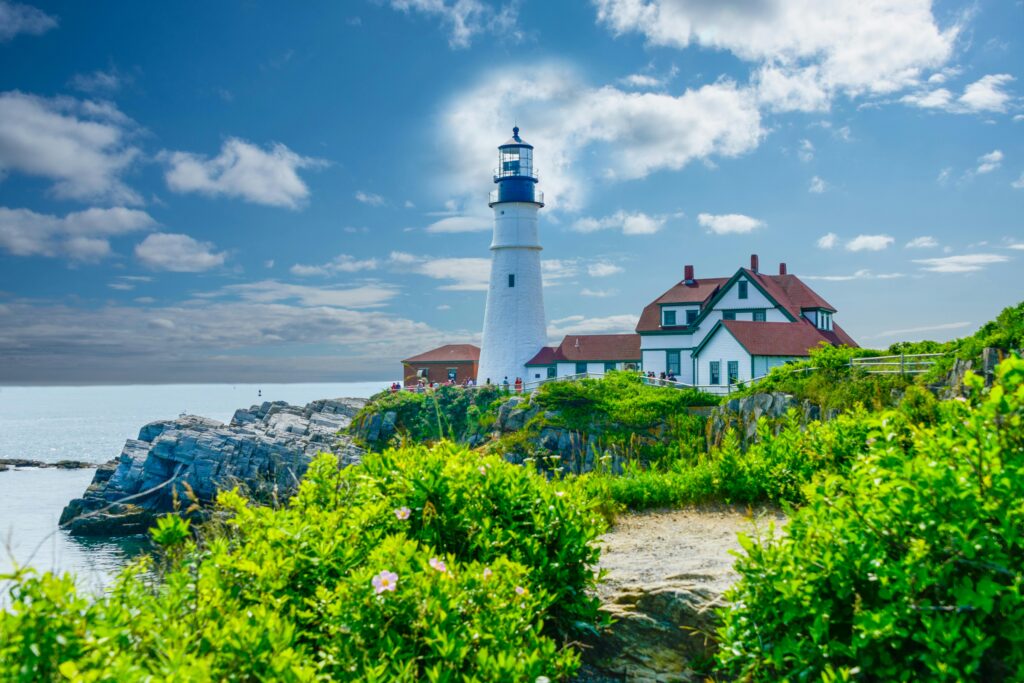
Portland, Oregon, is widely regarded as a pioneering city in sustainable urban planning. The city’s commitment to environmentalism and livability is evident in its comprehensive approach to development and transportation. From its extensive green space development to its innovative clean air initiatives, Portland has set the standard for other cities aspiring to reduce their carbon footprint and promote a more eco-friendly and green future.
One of the defining features of Portland’s sustainable urban planning is its dedication to public transportation and pedestrian-friendly infrastructure. The city’s extensive light rail and bus systems make it easy for residents to navigate the city without relying on personal vehicles, while the extensive network of bike lanes and walking paths encourages active, emission-free modes of transportation. This commitment to sustainable mobility has not only reduced the city’s carbon footprint but has also enhanced the overall quality of life for Portland’s residents.
In addition to its transportation initiatives, Portland has also made significant strides in green space development and urban forestry. The city is home to numerous parks, gardens, and natural areas that provide residents with ample opportunities for outdoor recreation and relaxation, while also serving as important carbon sinks and habitats for local wildlife. This holistic approach to urban planning has earned Portland a reputation as one of the greenest cities in the United States, setting an example for other municipalities to follow.
| Key Sustainable Initiatives in Portland | Impact |
|---|---|
| Comprehensive public transportation system | Reduced reliance on personal vehicles, lower carbon footprint |
| Extensive network of bike lanes and walking paths | Promotion of active, emission-free transportation |
| Abundant green spaces, parks, and urban forestry | Carbon sequestration, habitat preservation, and improved air quality |
| Strict building codes for energy efficiency and green construction | Reduced energy consumption and environmental impact of buildings |
| Innovative waste management and recycling programs | Diversion of waste from landfills, promotion of circular economy |
Seattle: Embracing Clean Energy and Green Spaces
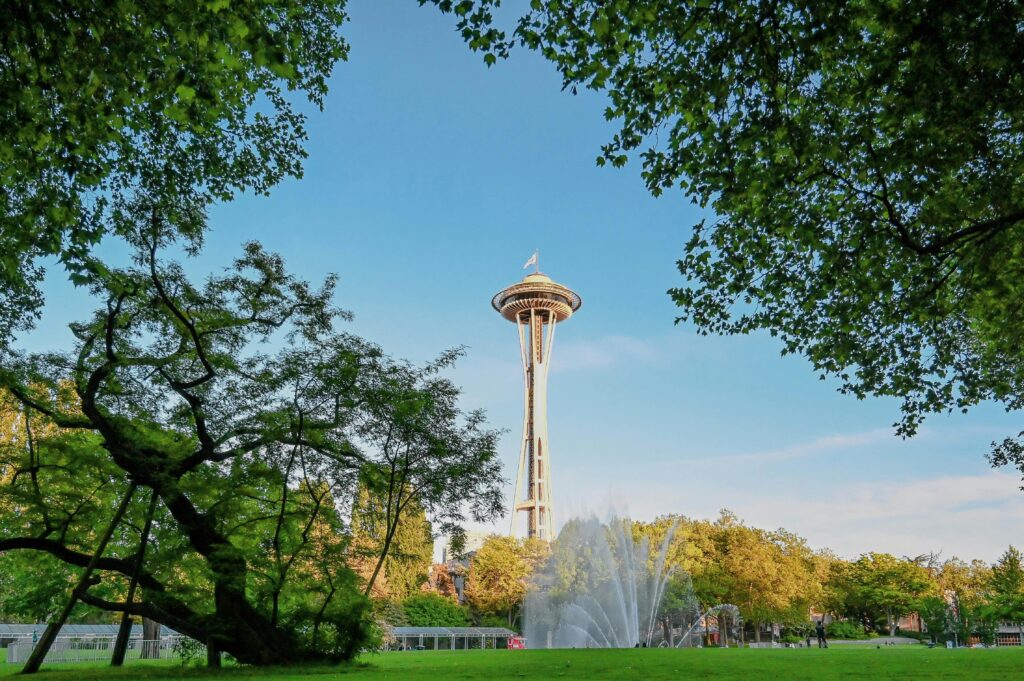
As a leading eco-friendly city, Seattle, Washington, has made significant strides in environmental conservation and sustainability. The city’s commitment to renewable energy is exemplified by its ambitious goal of achieving 100% renewable electricity by 2030, a target supported by initiatives like the Seattle City Light’s Green Up program.
Renewable Energy Sources
Seattle’s eco-friendly approach extends to its energy infrastructure, with the city actively investing in renewable energy sources to reduce its carbon footprint. The city’s municipal utility, Seattle City Light, has been a pioneer in the adoption of clean energy, sourcing a substantial portion of its power from hydroelectric, wind, and solar generation. Through innovative programs like Green Up, residents and businesses can choose to power their homes and operations with 100% renewable electricity, further contributing to the city’s sustainable energy ecosystem.
Urban Forestry and Parks
In addition to its renewable energy initiatives, Seattle has also made significant investments in its green spaces and urban forestry. The city boasts an extensive network of parks, from the iconic Discovery Park to the lush Seward Park, providing residents with ample opportunities for outdoor recreation and connection with nature. Seattle’s commitment to urban forestry is evident in its efforts to maintain and expand its tree canopy, which not only enhances the city’s aesthetic appeal but also helps to improve air quality, reduce urban heat island effects, and sequester carbon dioxide.
By embracing clean energy solutions and prioritizing the preservation and expansion of its green spaces, Seattle has established itself as a shining example of an eco-friendly city that is dedicated to creating a more sustainable urban environment for its residents and visitors alike.
Boston: Historic City, Modern Sustainability
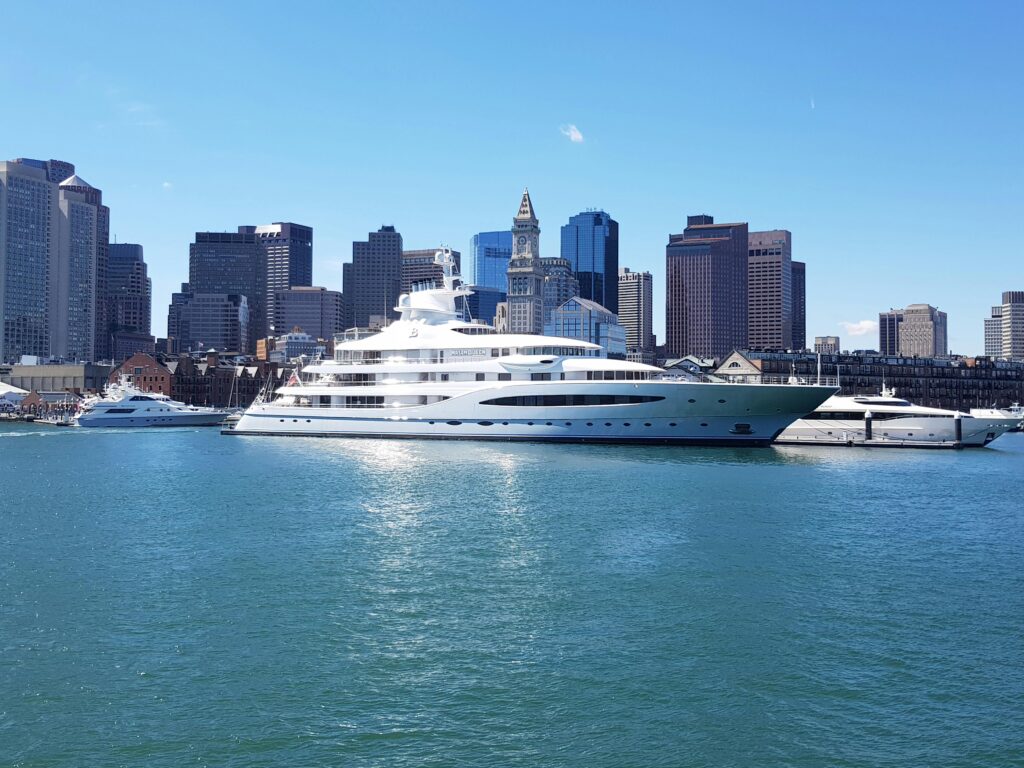
Boston, Massachusetts, is a city that seamlessly blends its historic charm with a modern commitment to sustainability. The city has been recognized for its green building initiatives, with a significant number of LEED-certified structures and a focus on energy efficiency in both new construction and building retrofits.
Green Building Initiatives
Boston’s dedication to sustainable urban planning is evident in its comprehensive green building program. The city has implemented stringent building codes that prioritize energy efficiency, renewable energy integration, and the use of eco-friendly materials. This has resulted in a skyline dotted with LEED-certified buildings, showcasing Boston’s leadership in sustainable urban development.
Recycling and Waste Reduction Programs
In addition to its green building initiatives, Boston has also made significant strides in recycling and waste reduction. The city has implemented comprehensive programs to divert waste from landfills, promote composting, and encourage residents and businesses to adopt more sustainable waste management practices. These efforts have contributed to a reduction in the city’s carbon footprint and the preservation of its green spaces.
| Eco-Friendly Initiative | Description | Impact |
|---|---|---|
| LEED-Certified Buildings | Boston has a significant number of buildings that have achieved LEED certification, demonstrating the city’s commitment to sustainable construction and energy efficiency. | Reduced energy consumption, lower greenhouse gas emissions, and a more environmentally responsible built environment. |
| Recycling and Composting Programs | The city has implemented comprehensive recycling and composting initiatives to divert waste from landfills and promote sustainable waste management. | Decreased waste sent to landfills, increased resource recovery, and a smaller carbon footprint for the city. |
| Green Building Codes | Boston has adopted strict building codes that prioritize energy efficiency, renewable energy integration, and the use of eco-friendly materials. | Improved energy performance of new and retrofitted buildings, contributing to the city’s overall sustainability goals. |
eco-friendly cities, greenest cities
Eco-friendly cities often prioritize initiatives that improve air quality and promote the use of green transportation options. These measures are crucial in reducing a city’s environmental impact and creating a healthier, more sustainable urban environment.
Air Quality Measures
Many of the greenest cities in the US have implemented comprehensive strategies to address air pollution and improve overall air quality. This includes clean air initiatives like increasing the use of renewable energy sources, restricting emissions from vehicles and industries, and investing in green space development to absorb carbon dioxide and release fresh oxygen.
Green Transportation Options
Encouraging the adoption of sustainable urban planning and green transportation is a hallmark of eco-friendly cities. These cities promote the use of public transit, bike-sharing programs, electric vehicles, and pedestrian-friendly infrastructure to reduce carbon footprint and encourage a more active, environmentally-conscious lifestyle among residents.
| City | Air Quality Initiatives | Green Transportation Options |
|---|---|---|
| San Francisco | Renewable energy, electric vehicle incentives, urban forestry | Extensive public transit, bike-sharing, pedestrian-friendly streets |
| Portland | Strict emissions regulations, green building codes, urban tree canopy | Light rail system, bike lanes, car-free zones |
| Seattle | 100% renewable electricity, green stormwater infrastructure, urban forests | Electric bus fleet, bike-sharing, pedestrian-focused development |
Denver: Balancing Urban Growth and Environmental Conservation
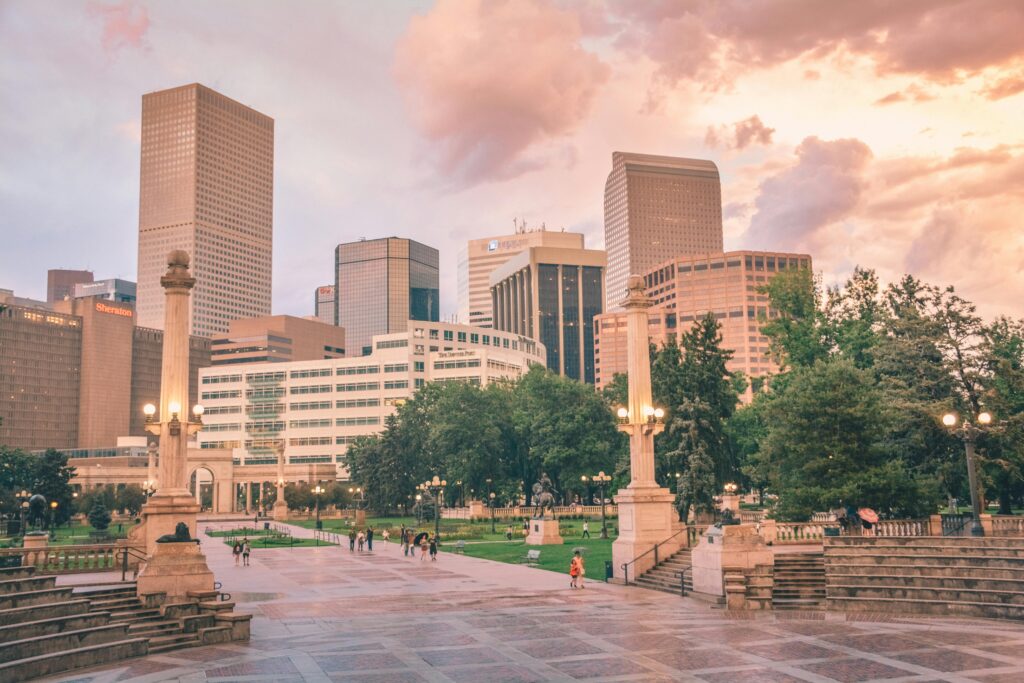
As the population of Denver, Colorado, has expanded over the years, the city has implemented comprehensive strategies to mitigate the environmental impact of development. By striking a careful balance between urban growth and environmental conservation, Denver has emerged as a prime example of an eco-friendly city that prioritizes sustainability and the well-being of its residents.
Water Conservation Efforts
Denver’s commitment to sustainable urban planning is particularly evident in its water conservation initiatives. The city has implemented innovative programs to reduce water usage, such as the “Water-Wise Landscaping” program, which encourages residents to use drought-tolerant plants and efficient irrigation systems. Additionally, the city has invested in infrastructure upgrades to prevent water leaks and improve water efficiency throughout the municipal system.
Outdoor Recreation and Open Spaces
Recognizing the importance of green space development for a healthy and livable city, Denver has prioritized the creation and preservation of outdoor recreation areas and open spaces. The city boasts an extensive network of parks, trails, and natural areas, including the iconic Rocky Mountain Arsenal National Wildlife Refuge, which provides residents with ample opportunities for outdoor activities and connections with nature. These green spaces not only enhance the city’s eco-friendly image but also contribute to improved air quality and reduced carbon footprint.
Minneapolis: A Midwestern Hub of Sustainability

As a city nestled in the heart of the Midwest, Minneapolis, Minnesota, has emerged as a shining example of eco-friendly urban living. This vibrant city has taken bold strides to promote sustainable transportation and foster a thriving local food ecosystem, solidifying its reputation as a Midwestern hub of sustainability.
Bike-Friendly Infrastructure
Minneapolis has long been recognized as one of the most bike-friendly cities in the United States, with an extensive network of dedicated bike lanes, trails, and shared-use paths. The city’s commitment to eco-friendly cities and green space development is evident in its investment in bicycle infrastructure, making it easier and safer for residents to opt for this sustainable urban planning alternative to driving. Minneapolis’ bike-share program, Nice Ride Minnesota, further encourages the use of this clean, carbon footprint reduction mode of transportation.
Sustainable Food Systems
Minneapolis is also at the forefront of the sustainable food systems movement, with a thriving local food economy and a strong emphasis on clean air initiatives and green space development. The city boasts a vibrant network of community gardens, urban farms, and farmers’ markets, providing residents with access to fresh, locally sourced produce. Furthermore, Minneapolis has implemented policies and programs that support the growth of sustainable agriculture and the reduction of food waste, contributing to its status as the greenest city in the Midwest.
| Eco-Friendly Initiative | Key Achievements |
|---|---|
| Bike-Friendly Infrastructure | Thriving local food economy with community gardens and urban farmsRobust network of farmers’ markets and support for sustainable agriculture and programs aimed at reducing food waste |
| Sustainable Food Systems | Thriving local food economy with community gardens and urban farmsRobust network of farmers’ markets and support for sustainable agriculture and programs aimed at reducing food waste |
Honolulu: Paradise with a Sustainable Mindset
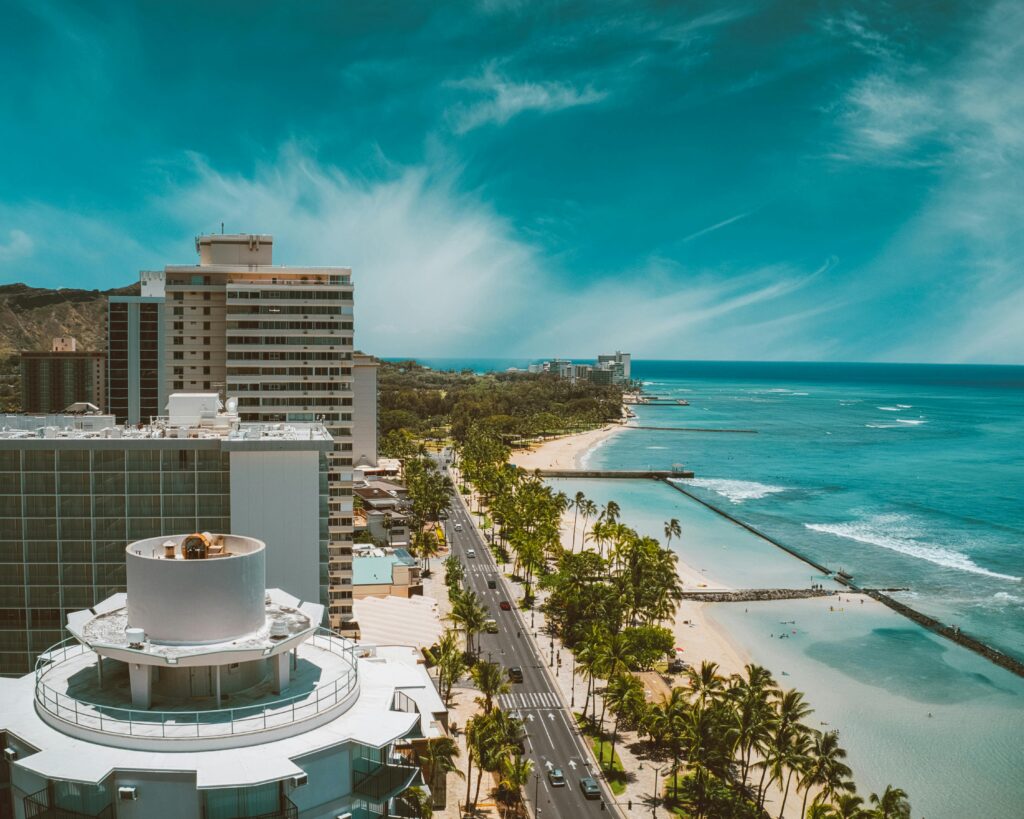
Honolulu, the capital city of Hawaii, is a tropical paradise that has embraced a sustainable mindset. As an eco-friendly city and one of the greenest cities in the United States, Honolulu is particularly attuned to the importance of environmental conservation and the need to reduce its carbon footprint.
Clean Energy Initiatives
Honolulu has made significant strides in transitioning to clean energy sources, with a goal of achieving 100% renewable electricity by 2045. The city’s sustainable urban planning efforts include the expansion of solar energy infrastructure, the adoption of electric vehicles in the municipal fleet, and the implementation of clean air initiatives to improve air quality.
Coastal Conservation Programs
As an island community, Honolulu recognizes the importance of protecting its green spaces and coastal ecosystems. The city has implemented comprehensive coastal conservation programs to preserve its beautiful beaches, coral reefs, and marine life. These initiatives focus on reducing plastic waste, promoting sustainable tourism, and educating the community on the importance of environmental protection.
Honolulu’s commitment to sustainability and environmental stewardship serves as a shining example for other eco-friendly cities to follow. By prioritizing clean energy, sustainable urban planning, and coastal conservation, Honolulu is ensuring that its tropical paradise remains a model of green development for generations to come.
Austin: Keeping It Weird and Green
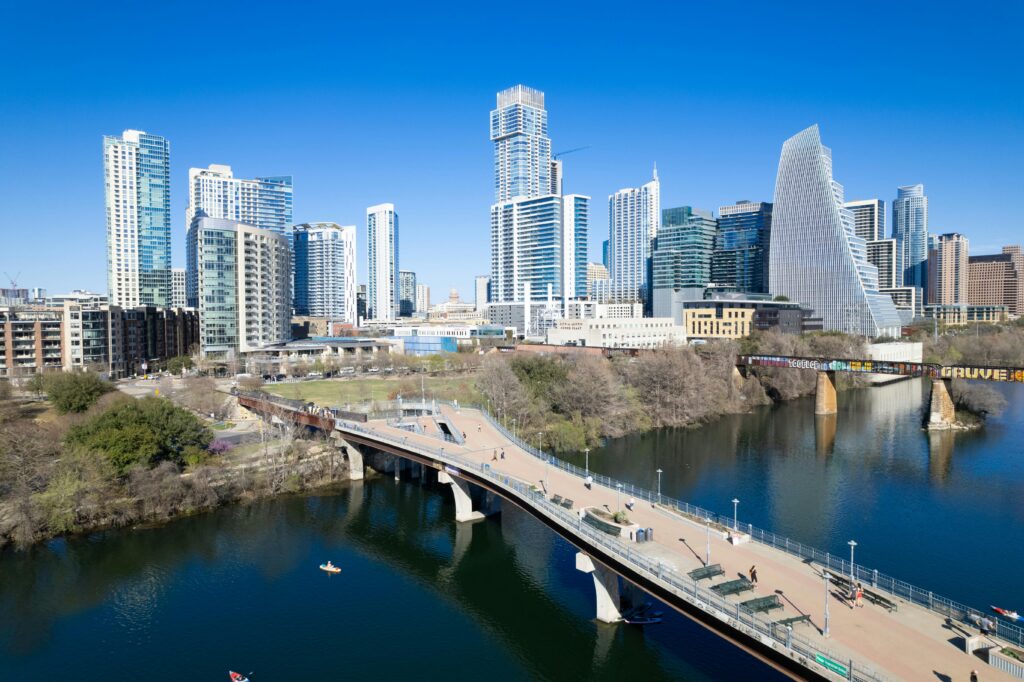
Austin, Texas, is a city that prides itself on its unique, vibrant culture and its unwavering commitment to sustainability. Known for its “Keep Austin Weird” slogan, the city has embraced eco-friendly practices that reflect its progressive and innovative spirit.
Urban Farming and Local Food
Across the eco-friendly cities of the United States, the farm-to-table movement has gained significant momentum, and Austin is at the forefront of this trend. The city boasts a thriving urban farming community, with numerous community gardens and urban farms that provide residents with access to fresh, locally sourced produce. This commitment to sustainable food systems not only reduces the carbon footprint reduction but also fosters a sense of community and supports the local economy.
Green Building Codes
As the greenest cities continue to push the envelope in sustainable urban planning, Austin has implemented comprehensive green building codes that prioritize energy efficiency, water conservation, and the use of eco-friendly materials. These building standards, which apply to both new construction and retrofits, have helped transform the city’s skyline, with an increasing number of LEED-certified structures that showcase the city’s dedication to sustainable urban planning.
Austin’s unwavering commitment to sustainability is a testament to the city’s innovative spirit and its desire to create a more eco-friendly and livable urban environment. By embracing urban farming, supporting local food systems, and implementing stringent green building codes, Austin is leading the way in the quest for a more sustainable future.
Conclusion
The eco-friendly cities featured in this article have set a new benchmark for sustainable urban living in the United States. From the renewable energy efforts of San Francisco to the innovative urban planning of Portland, these cities have demonstrated that it is possible to balance economic growth, environmental conservation, and the well-being of their residents.
Through initiatives that prioritize clean air, green spaces, and carbon footprint reduction, these eco-friendly cities are leading the charge in the fight against climate change. Their commitment to sustainable urban planning, clean transportation, and renewable energy sources serves as a model for other cities across the country to follow.
As the demand for greener cities continues to grow, the examples set by these urban centers of sustainability will inspire more communities to embrace sustainable urban planning, clean air initiatives, and the development of green spaces. By working together, we can create a future where eco-friendly cities are the norm, not the exception, and where the carbon footprint of our urban landscapes is significantly reduced.
FAQ
What makes a city eco-friendly?
Eco-friendly cities prioritize sustainability, environmental protection, and the well-being of their residents. These cities implement initiatives to combat climate change, reduce carbon emissions, and promote a better quality of life through sustainable urban planning, clean air measures, green space development, and renewable energy efforts.
How do eco-friendly cities evaluate their environmental impact?
Eco-friendly cities typically evaluate their environmental impact based on criteria such as renewable energy usage, green building practices, public transportation and walkability, air quality, water conservation, waste management, and the provision of green spaces and outdoor recreation opportunities.
What are some of the top eco-friendly cities in the US?
Some of the most eco-friendly cities in the US include San Francisco, Portland, Seattle, Boston, Denver, Minneapolis, Honolulu, and Austin. These cities have implemented a wide range of sustainable initiatives and are recognized for their commitment to environmental conservation and green living.
How do eco-friendly cities promote renewable energy?
Eco-friendly cities often set ambitious goals for renewable energy, such as achieving 100% renewable electricity by a specific year. They support this through initiatives like clean energy programs, investment in solar and wind power, and the development of green infrastructure.
What are some of the air quality measures in eco-friendly cities?
Eco-friendly cities prioritize initiatives to improve air quality, such as promoting the use of electric vehicles, investing in public transportation, and implementing policies to reduce emissions from industrial and commercial activities. These measures help to create a healthier urban environment for residents.
How do eco-friendly cities integrate green spaces and outdoor recreation?
Eco-friendly cities recognize the importance of green spaces and outdoor recreation for the well-being of their residents. They invest in the development of urban parks, greenways, and other natural areas, as well as promote outdoor activities and sustainable land use practices.
What role do sustainable transportation options play in eco-friendly cities?
Eco-friendly cities prioritize sustainable transportation options, such as public transit, bike-sharing programs, and pedestrian-friendly infrastructure. These initiatives help to reduce the city’s carbon footprint, improve air quality, and enhance the overall livability of the urban environment.

